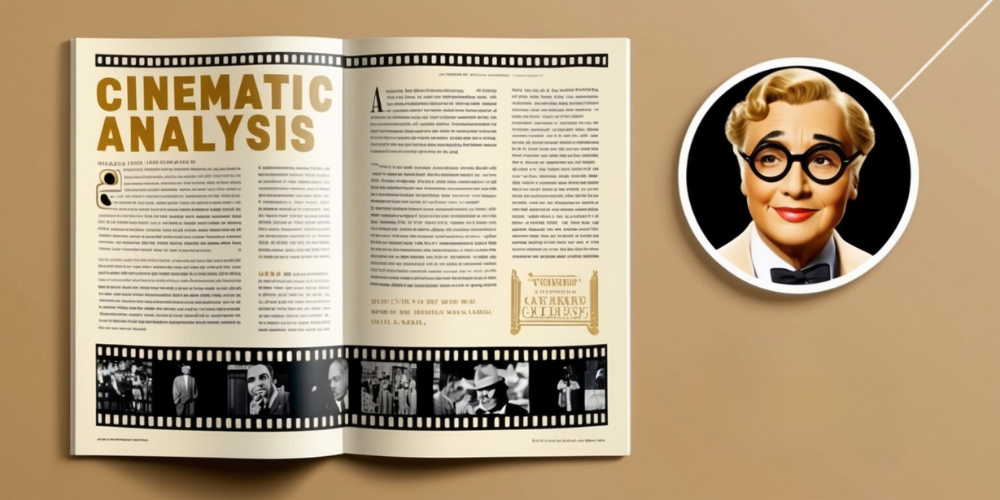The Cinematic Clash: Analyzing the Box Office Battle Between Spider-Man 2 and Harry Potter and the Prisoner of Azkaban
- 2024-11-11
- 0
In the realm of blockbuster cinema, iconic franchises frequently encounter intense rivalry for audience attention and box office earnings. Within this landscape, two behemoths, Tobey Maguire’s Spider-Man trilogy and the Harry Potter film series, have created noteworthy moments in cinematic history. One of the most intriguing aspects of their interplay revolves around the financial outcomes of Harry Potter and the Prisoner of Azkaban, which, despite its critical acclaim, emerged as the lowest-grossing movie in the Harry Potter franchise. The complexities of release dates, audience engagement, and overall brand popularity shed light on why this particular installment faced such challenges in the wake of Tobey Maguire's beloved portrayal of Spider-Man. Let’s delve into the details surrounding this cinematic showdown and explore the facets that contributed to this unexpected financial outcome.
Tobey Maguire's Impact on the Superhero Genre
Tobey Maguire's performance as Spider-Man, alongside director Sam Raimi’s vision, revolutionized the superhero genre. The trilogy launched in the early 2000s not only popularized the character but also set new standards for superhero storytelling in film. Its influence can still be felt in today’s cinema, underscoring Maguire's important role in establishing Spider-Man as a cultural icon.
Shifting Cinematic Landscapes
With the advent of new Hollywood trends and the Marvel Cinematic Universe's dominance, earlier iterations, particularly Maguire's Spider-Man, sometimes get overshadowed. However, the impact of his films cannot simply be dismissed; they paved the way for the modern superhero films that populate today’s box office.
The Box Office Battleground
The scenario becomes even more complicated when examining the actual timing of film releases. Spider-Man 2 was set to hit theaters just weeks following the events of Harry Potter and the Prisoner of Azkaban, creating a challenging environment for both franchises as they vied for audience loyalty.
Context of the 2004 Releases

In 2004, the summer box office was heating up, with both brands targeting family audiences. The conflict arose when the release schedules intersected and both films sought the same demographic at the same time.
Critics Speak Out on Harry Potter's Tone
Harry Potter and the Prisoner of Azkaban represented a transition in tone, veering towards a darker and more serious narrative. While some appreciated this evolution, it arguably alienated segments of the family audience who favored the more whimsical spirits of the earlier films.
Comparative Popularity of Spider-Man 2
Conversely, Spider-Man 2 was met with a robust viewer interest following the success of its predecessor, which only intensified the competition. Many moviegoers were eager to see how Spidey would combat new foes after a triumphant first outing, drawing audiences away from Harry Potter.
Review Ratings and Audience Perception
When assessed on review aggregator platforms, both films received significant acclaim. However, even the high ratings for Prisoner of Azkaban could not negate the overwhelming draw of Maguire’s superhero sequel, which showcased spectacular action and character development.
Franchise Legacy at Stake
While Harry Potter was firmly established in pop culture, the weight of expectations for Prisoner of Azkaban was immense. Its distinct narrative choices and darker themes were a departure for audiences habituated to the enchanting charms of previous installments.
The Fanbase Divide
Fandoms can often diverge dramatically. In this instance, fans of the magical world seemed slightly hesitant to embrace the changing tone that Prisoner of Azkaban introduced. Meanwhile, Spider-Man maintained its fun, action-packed allure, retaining the loyalty of its audience.
Historical Turning Points in Revenue
Despite critical praise, the box office numbers for the Harry Potter film suffered due to its unfortunate timing. The intersection of multiple franchise releases meant that audiences had limited capacity to support all films, leading to a significant drop-off in viewership.
A Comparison of Themes
The thematic pursuits of both films also played a role in their box office fortunes. While Spider-Man 2 delved into heroics and identity conflict, Prisoner of Azkaban grappled with deeper, more somber themes surrounding maturity and fear, which, while resonant, didn’t entice all families to the theater.
Vaporized Revenue Streams
The subsequent releases surrounding the initial run of Harry Potter further compounded its box office vulnerability. As seasoned audiences flocked to see Spider-Man, Potter's revenue opportunity diminished rapidly.
Response to Box Office Fallout
While the film's box office struggles may be disheartening for its dedicated fans, it did not diminish the film’s legacy nor its place within the franchise's narrative trajectory. It instead highlights the unique challenges faced when major franchises overlap.
A Hope for Redemption
The rebooting of the Harry Potter franchise in series format may grant a fresh opportunity to re-examine the narrative of Prisoner of Azkaban. This approach could offer modern audiences an updated perspective on the story and its themes, potentially restoring its standing amongst fans.
Streaming Revival
As streaming services continue to gain traction, the ability for fans to revisit these films has never been easier. Programs like Max and Disney+ allow audiences to experience these iconic movies at their own pace, inviting new interpretations and discussions of their artistic merits.
Concluding Thoughts on Cinematic Success
Ultimately, both Tobey Maguire’s Spider-Man and Harry Potter and the Prisoner of Azkaban represent significant achievements in filmmaking, each contributing uniquely to the cultural landscape of their time. Despite the financial hurdles faced by the latter, its critical acclaim ensures its position as a beloved chapter in a sprawling franchise. The enduring legacies of both these cinematic behemoths remind us how intertwined commercial success and audience reception can be, with each influencing the fate of the other throughout their shared history.






Leave a comment
Your comment is awaiting moderation. We save your draft here
0 Comments